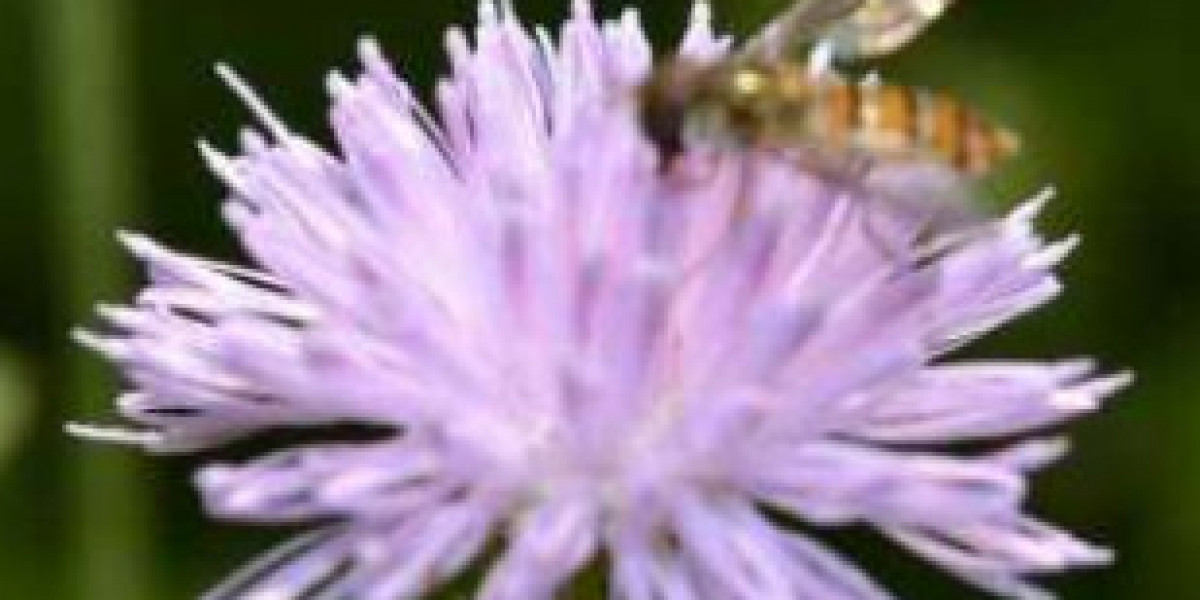jatropha curcas is among the unusual plants, which has lots of useful components, helpful to humanity. This plant includes 25 to 35 percent oil and can be used to produce bio-fuel crop, a method to sustain nature's plant.
In the recent times, improvements in the field of agriculture in the kind of ex-vitro plant propagation have actually shown beneficial to the guy kind. Since, Jatropha has been discovered useful; agriculturists are adopting ex-vitro for jatropha curcas.
In addition to being utilized as a biodiesel, jatropha curcas can likewise be used to produce great quality paper, cosmetics, tooth paste, balm lotions, and cough medications.
Jatropha plant, to be grown naturally, had numerous shortcomings. To start with the propagation and transportation of the seedlings of jatropha curcas was costly and time-consuming. The soil in which it grows is low in performance triggering the plant to decay and have diseases and last however not the least, the Jatropha plant takes significant time to adapt itself, to the brand-new environment.
Observing all these obstacles, the farming specialists promoted ex-vitro for jatropha curcas proliferation. The ex-vitro of jatropha curcas solved, the challenges faced earlier of planting it. The seedling procedure was made quickly and economical. The expense of transportation was minimized as the seedlings were planted in the neighboring location of the plantation. Mother plants were chosen from the very same location, which did not require the seedlings to adapt themselves, therefore saving time.

The ex-vitro method adopted, in the plant proliferation scheme had root culturing, as its basis, where the shoots were grown outside the field in the glass vessels. The platelets grown, from this were instantly seasoned in the green house. The seedlings were extremely heterogeneous in character and hence, high level of propagation was possible.
The ex-vitro jatropha technique showed to be economical. Great care was required to offer ecological and dietary worth to the plant. Soon, after embracing ex-vitro for jatropha curcas plant, the two months plantlets were ready to be planted in the field. Rooting was attained, in around three weeks. The federal governments, in many nations are taking efforts to encourage the farming scientists to develop jatropha curcas plant proliferation through ex-vitro and technique, which is cheaper and sustainable. There are many institutes, which train people about this technique to increase production.
The institutes took part in ex-vitro jatropha curcas approaches of plant proliferation took utmost care in nurturing, the plant by producing natural conditions. For instance, jatropha grows in well drained soil and is drought resistant. The ex-vitro method also, increased the level of seedlings, which were devoid of insect and disease. This technique of ex-vitro of jatropha curcas proved simple and economical and the seedlings were close to their parent, therefore, preventing issues.
There are certain aspects that can impact the ex-vitro growth, in jatropha plants. They are elements like sunlight, humidity, nature of soil and other climatic conditions. Hence, care has actually to be required to change, these elements to suit ex-vitro.






